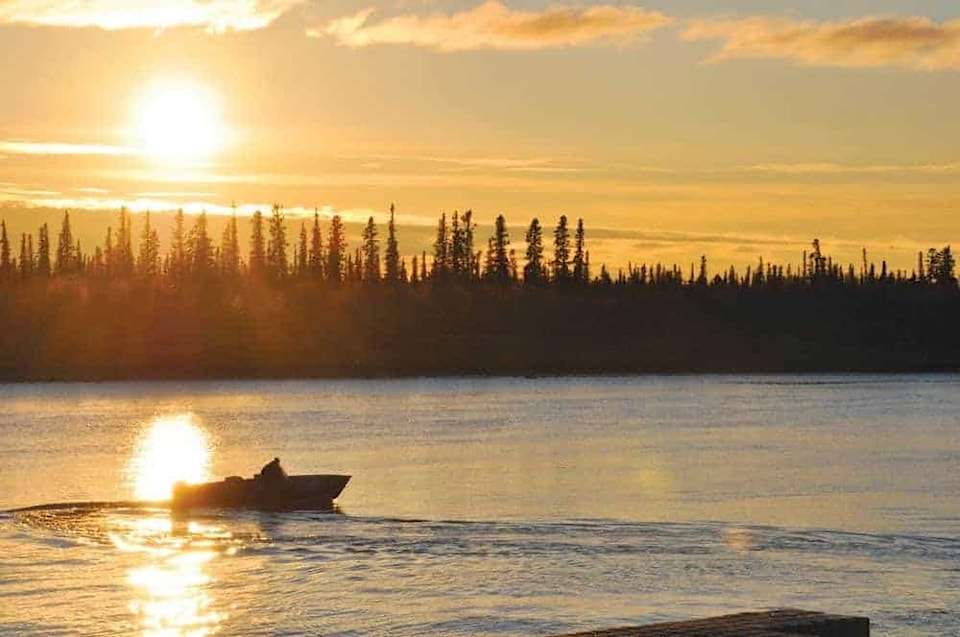If it continues, recent rain may be a boon for low water levels on the Yellowknife River.
While Yellowknifers may remember last summer's wet June, it wasn't enough to reverse years of dry conditions, according to GNWT hyrdologist Shawne Kokelj.
"Everyone speaks of last (year)'s wet summer, but really it was wet in June and July," she said. "Prior to that, we had several years of dry conditions."
That led to low lake levels. Last summer's rain contributed to an increase, but the rest of the season and the fall were dry. While Yellowknife received snow in April, Kokelj said it's important to note the river near the city is "the end of the pipe" and might not represent conditions of the basin stretching north.
"We see the results of the conditions that are active in the entire basin, not just here in Yellowknife, and there's a variety of factors that play into water levels," she said. "Even if we start getting rain, (it) needs to fill up those lakes first before they're really going to start spilling."
It takes time to saturate the soil and ensure water runoff. However, it may give an indication of the weather in the wider region.
"It takes a fair bit of precipitation, potentially over more than one year, to bring things back," she said."We're still really recovering from multiple years of dry conditions."
The March warm spell did not improve the situation, she said.
"That moisture refroze," said Kokelj, explaining that most of the runoff failed to reach stream and river systems.
"We do snow surveys in Snare Basin as well," she said. "They were just a bit below average, pretty close to average this year. And current both the Snare and Indun, are a little bit below average."
It could also be that water levels are low because of the long spring, she said, as melting hasn't completely finished in the upper reaches of the Snare and Indun basins.
It's too early to attribute the last few years of dryness to climate change, she said.
"We don't know is all we can say at this point," said Kokelj.
In 2014 and 2015, a severe drought forced the Northwest Territories Power Corporation to temporarily close a hydroelectric dam. Diesel was needed to make up the difference.
Currently, the NTPC has above average storage for this time of year, according to manager of communications Doug Prendergast.
"In 2019, the snow measurements indicate near normal snow pack for both basins. Due to the high volume of rain last year, water inflows remained high over the winter," he wrote. "There is sufficient water inflow at this time to give us confidence that hydroelectric generation from the Snare and Bluefish systems will not be impacted by low water levels this year."
